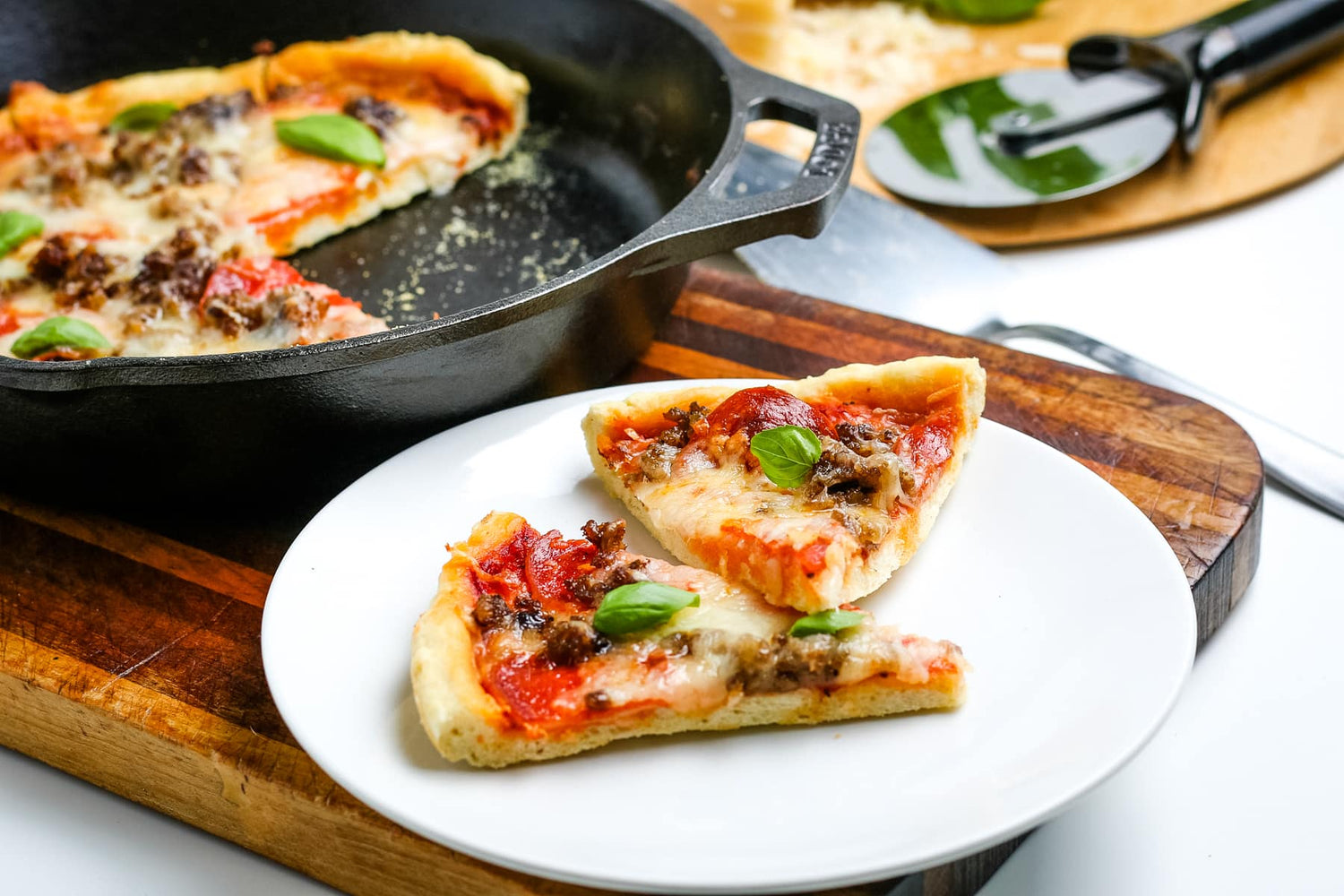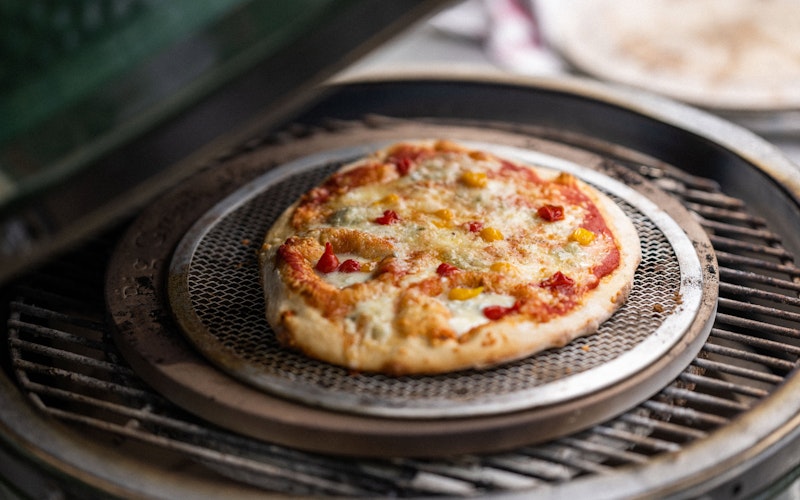Its the eternal question for many in the culinary world: why is my crust burning? As professionals, we strive for culinary perfection, yet sometimes things go awry. A burnt crust not only affects visual appeal but can also compromise the flavor and texture of your culinary masterpieces. Let's delve into this mystery and uncover the secrets to preventing those charred edges.

The Science Behind Crust Formation
Before diving into solutions, its crucial to understand the science behind crust formation. When subjected to heat, dough undergoes a Maillard reactionthis is where its golden hue originates. Temperature and time play pivotal roles in achieving that perfect balance between crispness and color. However, when these elements are not aligned, it can lead to uneven baking and possibly burning.
Common Culprits: Why Is It Happening?
Missteps in preparation and baking could be why your crust is burning. For instance, an excessively hot oven temperature or not using an optimal baking surface can result in over-crisping. Additionally, sugar and dairy in recipes can intensify browning, turning golden to charred if the heat is too high. Reflecting on your ingredient choice and baking setup can make all the difference, as evidenced here.
Effective Strategies to Prevent Burnt Crusts
For kitchen professionals, understanding your ovens heat distribution is key. Regularly calibrate your oven to ensure its at the correct temperature. Using gadgets like an oven thermometer can be beneficial. Baking surfaces also play a vital role. Deploying a baking stone evenly distributes heat. Such surfaces not only prevent the base from burning but enhance overall baking performance. For deeper insights, consider exploring baking stone tips.
Quick Check: Ingredients and Preparation
Scrutinize your ingredients. Too much sugar or fat, as mentioned, can heighten browning, risking burning. Adjust recipes based on previous experiences. Monitoring preparation terms like proofing adequately and ensuring even rolling thickness marries well with technique adjustments to combat burning.
Advanced Techniques and Tools
For those exploring advanced methods, placement is critical. Position your tray away from the upper or lower heating elements. Pre-bake solutions, like blind-baking, offer consistent results. For pizza crusts or artisanal breads, tackling burning involves scalable adjustments per scenario. Additionally, researching how baking stones react to heat and cold can offer further insight into your baking foundations.
Conclusion
With these insights, you can confidently tackle and prevent burnt crusts, producing delightful, golden-brown baked goods time and time again.

FAQs
Why does my pizza crust burn at the edges?
Pizza crust burns can stem from high sugar content or excessive direct heat exposure. Evaluations of heat settings and sugar levels could alleviate this issue.
How can a baking stone prevent burning?
A baking stone aids in even heat distribution, minimizing hotspots that can cause burning. For details, visit this guide.
Can I fix burnt spots on crusts?
Trimming away burnt portions is possible, but prevention is always preferable. Analyze and adjust technique for best outcomes.
This article contains affiliate links. We may earn a commission at no extra cost to you.





Leave a comment
This site is protected by hCaptcha and the hCaptcha Privacy Policy and Terms of Service apply.